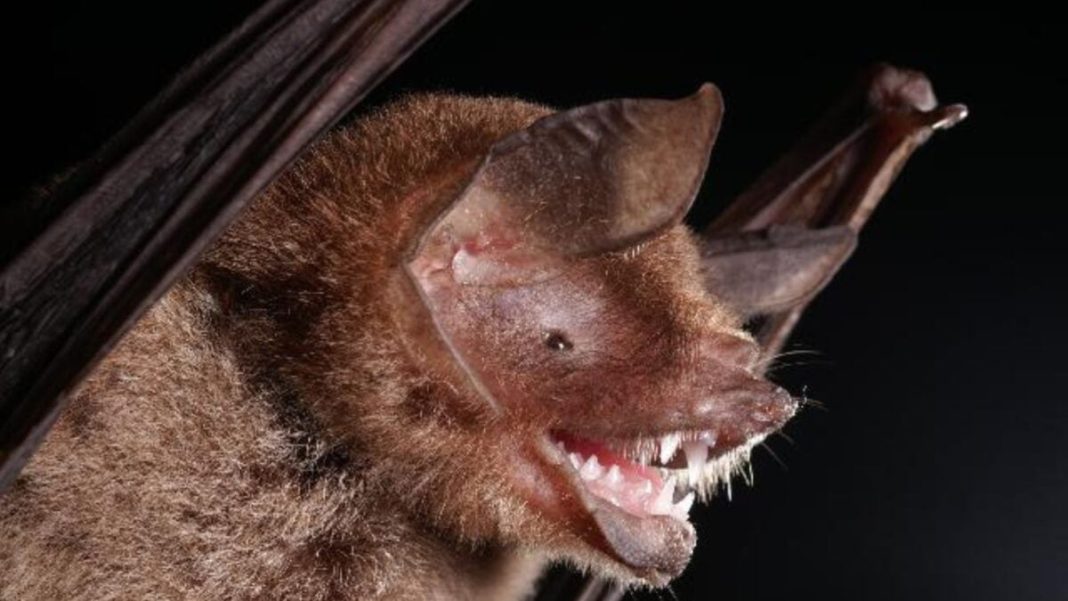Just when we thought we were getting a handle on the viral landscape, nature throws another curveball. Scientists have recently uncovered a new bat virus possessing a structural trait eerily similar to the one that granted COVID-19 its formidable ability to infect human cells. It’s a discovery that sends a shiver down the spine, not because of immediate panic, but because it’s a stark reminder of how much we still don’t know, and how quickly those unknowns can become our reality.
The Echo of a Viral Master Key
To understand the significance of this new finding, we need to revisit what made SARS-CoV-2 such an effective pathogen. One of its most notorious features was a specific genetic sequence, often dubbed a “furin cleavage site.” In simple terms, this site acts like a pre-programmed molecular ‘scissors’ target, allowing the virus’s spike protein to be cut in just the right place by enzymes already present in human cells. This cutting action primes the virus for highly efficient entry, turning what might have been a minor infection into a widespread, systemic disease.
Now, researchers have identified a bat virus with a comparable mechanism. While not identical, this newly found trait similarly enhances the virus’s ability to fuse with cell membranes, essentially greasing the wheels for infection. It suggests that the sophisticated cellular entry strategy employed by SARS-CoV-2 isn’t a singular evolutionary fluke, but a recurring pattern in the viral world, especially within bat populations known to harbor a vast diversity of coronaviruses.
A Glimpse into Future Vulnerabilities
This isn’t about immediate alarm; it’s about understanding potential vulnerabilities. Bats are natural reservoirs for countless viruses, most of which will never jump to humans. However, the presence of such an efficient infectivity mechanism in a bat virus underscores the ongoing risk of zoonotic spillover – the jump of a pathogen from animals to humans. It’s a stark reminder that the ingredients for the next pandemic are constantly brewing in the natural world.
As one virologist recently commented, “Finding this trait in another bat virus is like spotting a new species of poisonous snake in a known habitat. It doesn’t mean it’s going to bite you today, but it certainly elevates your awareness and respect for the environment.” This discovery reinforces the notion that the unique infectivity of SARS-CoV-2 might not be so unique after all. It points to a broader evolutionary playbook that viruses can draw from to adapt and potentially cross species barriers.
Our response to such discoveries must be proactive vigilance, not reactive fear. It means investing more heavily in global viral surveillance, understanding animal-human interfaces, and accelerating research into broad-spectrum antivirals and vaccines. Every such finding is a piece of the puzzle, helping us anticipate and, hopefully, mitigate the impact of future viral threats. The natural world is full of wonders, but also immense biological power, and our continued understanding is our best defense.
*




